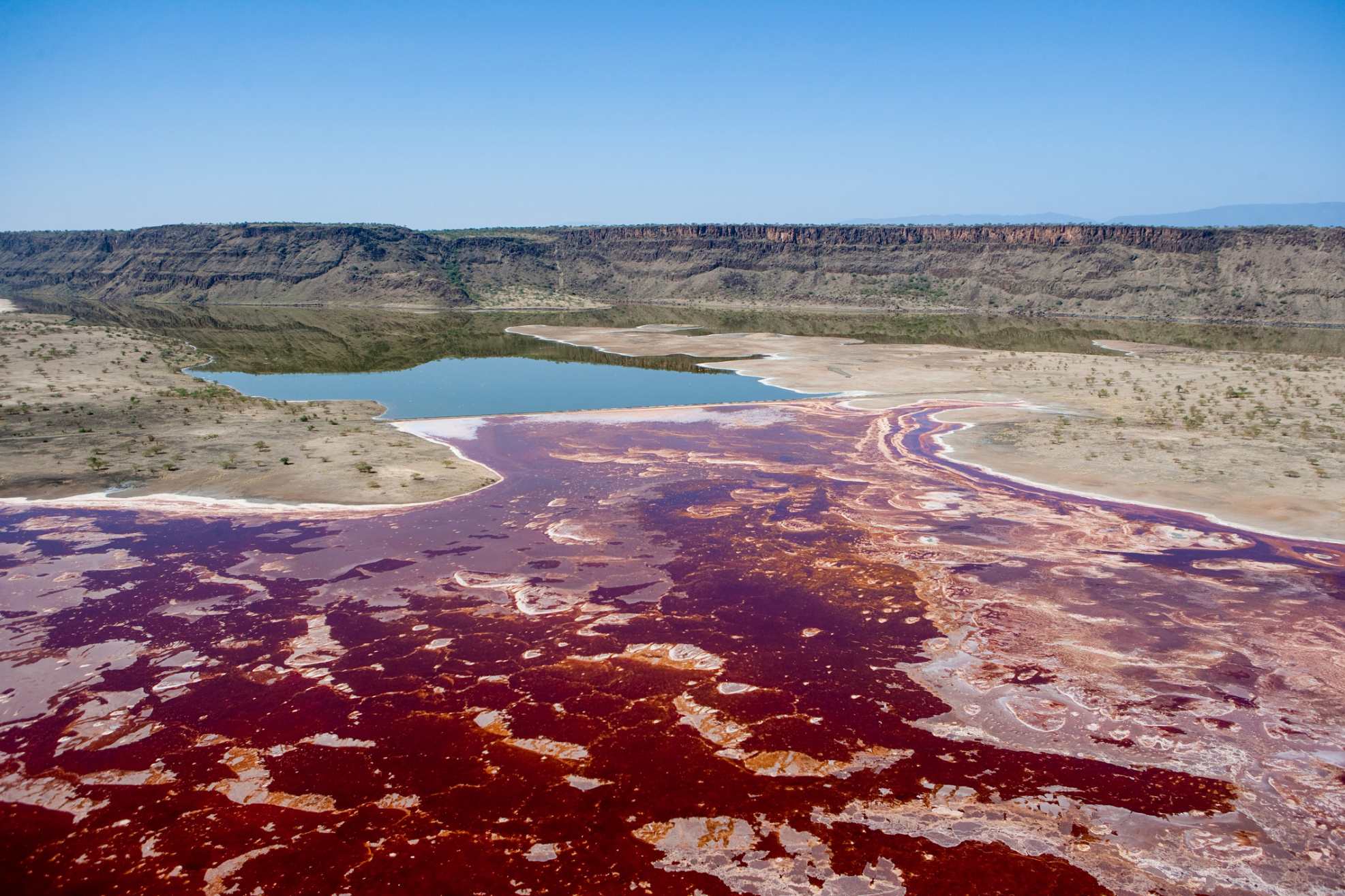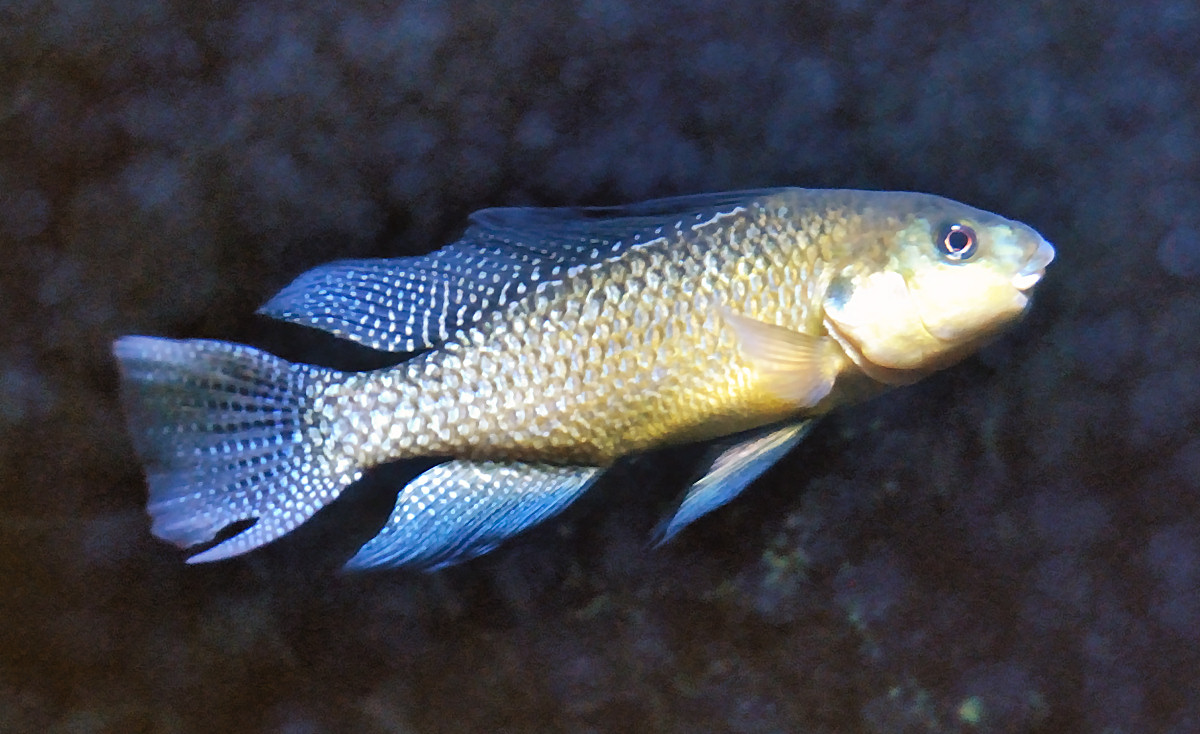Our beautiful planet harbors certain perilous locations that appear to defy the very essence of life. These extreme environments, often remote and lesser-known, pose threats to any form of life that dares to exist within them. Among these, a peculiar lake tucked away in northern Tanzania, near the Kenyan border, holds a mystifying secret – it can petrify any living organism that ventures too close. This lake is known as Lake Natron.

A geological enigma
Lake Natron is situated amidst the Kilimanjaro mountains, a location seemingly isolated from the rest of the world. The lake’s unique ability to turn living beings into stone-like structures has piqued the curiosity of many scientists and researchers across the globe. But what exactly causes this unusual phenomenon?

The chemical composition of Lake Natron
The answer lies in the lake’s distinct chemical composition. Lake Natron is exceptionally rich in sodium carbonate, a compound that is produced due to the warm temperature of the lake water, which can reach up to 60 degrees Celsius (140 Fahrenheit). This compound originates from the thermal dehydration of sodium carbonate hydrates present in the water, thus causing most things that come into contact with it to turn into stone.
The concentration of sodium carbonate in Lake Natron is so high that the water exhibits a pH value exceeding 10. It’s no surprise then that the lake was named after the substance. ‘Natron’ is a scientific term for a specific mixture of sodium carbonate decahydrate (Na2CO, 10H2O), akin to soda ash, along with around 17% of sodium bicarbonate, more commonly known as baking soda (Na[H]CO3).
The making of Lake Natron
The lake’s highly concentrated water didn’t form overnight. It’s a product of hundreds if not thousands of years of natural accumulation and environmental interaction. Since the lake does not flow into any river or ocean, it has managed to accumulate all the acid from rain over many years. While this doesn’t pose any immediate danger, it can cause significant decay to even the most robust structures over a long period.
Adding to the lake’s unique composition is the nearby active volcano, Ol Doinyo Lengai. The heat from the volcano warms up the lake water, triggering the chemical reaction that petrifies organisms. Moreover, the lava produced by the volcano is rich in sodium carbonate, further contributing to the lake’s high concentration of dehydrated sodium carbonate.
A remarkable survivor

Despite its inhospitable environment, Lake Natron is home to a unique species of fish – Alcolapia alcalica. This fish, discovered in the lake’s highly concentrated water, has baffled scientists with its ability to survive where no other life form can. Experiments with other fish species resulted in their death within minutes of being introduced to the lake’s water, further highlighting the extraordinary resilience of Alcolapia alcalica.
A cautionary tale
Lake Natron’s high temperature and chemical concentration make it dangerous for humans. A swim in the lake could result in third-degree burns, followed by rapid calcification. Despite the potential risks, Lake Natron’s distinctive red color, a result of its high concentration, makes it a sight to behold.
In conclusion, Lake Natron is a testament to nature’s mysterious ways. Its ability to turn life into stone, coupled with its unique inhabitant, the Alcolapia alcalica, make it a fascinating subject worth studying. Whether it’s the relentless pursuit of understanding how life can adapt to such extreme conditions or simply marveling at the lake’s unusual beauty, Lake Natron continues to captivate the curiosity of scientists and nature enthusiasts alike.



